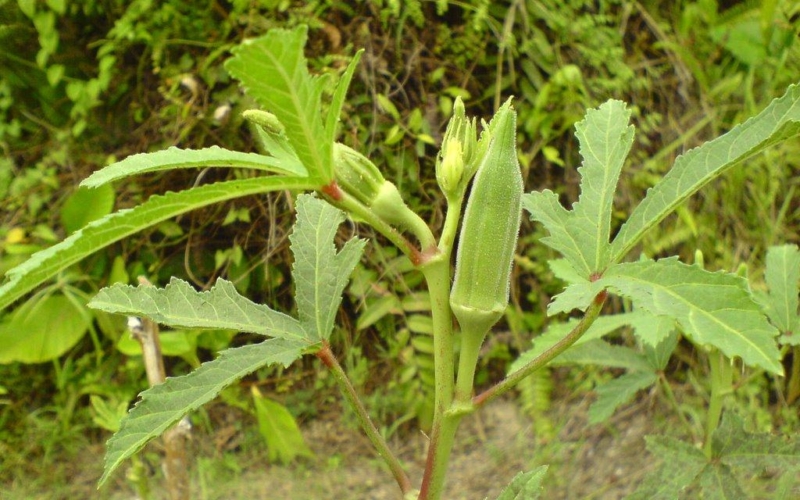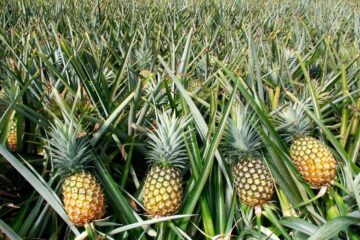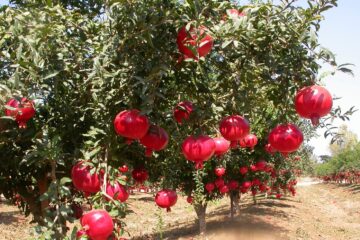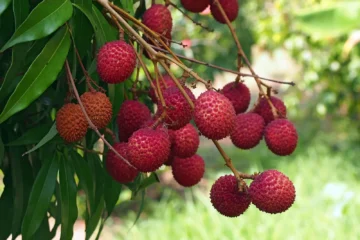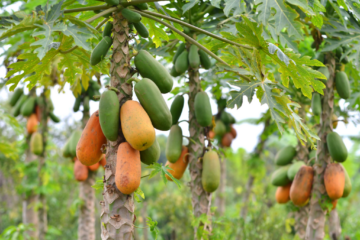Published in: March 2017 Issue
Okra is an essential vegetable crop. Its native land is Ethiopia. Okra is rich in vitamins A, B, C, protein, phosphorus, calcium, iron, and carotene.
States like Uttar Pradesh, Odisha, Bihar, and West Bengal cultivate okra extensively. It has significant export potential. Therefore, adhering to modern agricultural techniques is crucial for producing high-quality crops and achieving good profits.
Varieties
Okra includes varieties such as Co.2, MDU.1, Arka Anamika, Arka Abhay, Parbhani Kranti, and hybrids like Co. PHH.1 and PHH.4.
Soil
Okra grows well in all types of soil. It can be cultivated in sandy to clay soils with a pH range of 6-8.5.
Temperature and Planting Season
Okra is a tropical crop. Optimal growth and flower production occur when the air temperature is between 25-30°C. June-August is ideal for okra cultivation. During the summer, special attention is needed to prevent yellow vein mosaic virus. In the rainy and cooler period of September-December, plant growth and flower production decrease.
Seed Treatment
For normal varieties, 3 kg of seeds per acre is required, and for hybrid varieties, 1-1.5 kg per acre is needed. Seeds should be treated with 4 grams of Trichoderma viride or 10 grams of Pseudomonas per kg 24 hours before sowing.
Additionally, treat seeds with 10 grams of Azospirillum per 100 grams of seeds in cooled rice gruel, dry in shade for 20-30 minutes, and then sow.
Sowing
For normal varieties, sow the treated seeds at a spacing of 45 cm between rows and 30 cm between plants, placing 2 seeds at a depth of 1-2 cm per hole. For hybrid varieties, plant one seed per hole at the same spacing. Resow in gaps where seeds did not germinate within 10 days.
Soil Preparation
Plow the field 3-4 times thoroughly. During the final plowing, add farmyard manure as a basal application. Also, mix 800 grams of Azospirillum and 800 grams of Phosphobacteria with 20 kg of farmyard manure and apply it.
Fertilization
For normal okra, apply 10 tons of farmyard manure, 18 kg of urea, 125 kg of superphosphate, and 20 kg of potash per acre as basal fertilizer. After 30 days, top-dress with 18 kg of urea.
For hybrid okra, apply 16 tons of farmyard manure, 87 kg of urea, 250 kg of superphosphate, and 67 kg of potash per acre as basal fertilizer. Place fertilizers 10 cm away from the plants, cover with soil, and water immediately.
Foliar Fertilization
Prepare a solution of 10 grams of urea and 10 grams of potash per liter of water and spray 30 and 45 days after sowing. For hybrids, mix 5 grams of water-soluble fertilizer 19:19:19 per liter of water and spray at 10-day intervals starting from 30 days.
Micronutrient Spray
Mix 5 grams of a micronutrient mixture specific to vegetables per liter of water and spray starting 45 days after sowing at 15-day intervals. This can increase the yield by about 30%.
Weed Control
Apply 900 ml of pendimethalin per acre before weed emergence on the third day after sowing, followed by irrigation. Hand-weed 30 days after sowing.
Pest and Disease Management
To control pests and diseases, treat seeds with 4 grams of Trichoderma viride or 10 grams of Pseudomonas per kg of seeds. Install bird perches at 10 locations per acre. Apply 100 kg of neem cake per acre as basal manure.
Grow maize as a border crop to prevent the spread of sucking pests. Install 10 yellow sticky traps per acre to control sucking pests. Remove and destroy plants affected by yellow vein mosaic virus. Monitor for borers using 5 pheromone traps per acre.
Release Trichogramma wasps at the rate of 40,000 per acre 4-5 times at weekly intervals to control caterpillars. Spray 1% neem oil or 5% neem seed kernel extract.
Harvesting and Yield
Harvest okra 45 days after sowing. The crop duration is 90-110 days. Harvest at one-day intervals to prevent over-maturity. Well-maintained fields yield 6-8 tons of okra per acre.
N. Ramesh Raja, Agricultural Science Center, Keelnelli, Vembakkam Taluk, Tiruvannamalai – 604 410.

